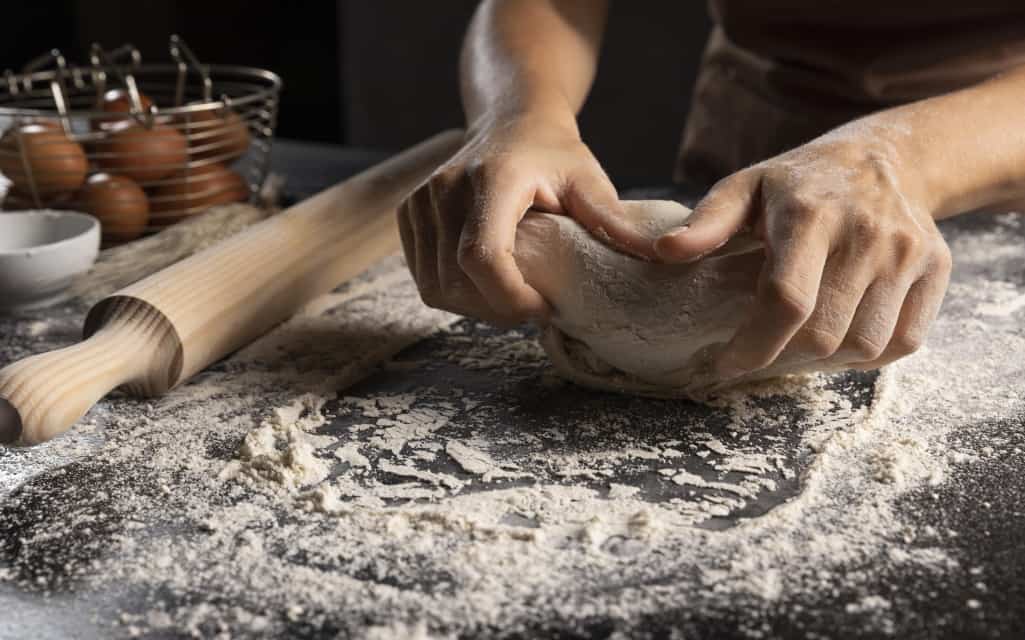Are you starting a new baking hobby and want to make sure you’re doing things right? Or are you a long-time baker looking to develop your skills? Whether you’re a beginner or an experienced baker, applying our five expert baking tips below will surely help you make the best possible bread!
Find the Right Flour
Most amateur or beginner bakers will use all-purpose flour for their dough. However, if you are looking to make bread that is a step above the rest, it is important that you find and use the right flour. All-purpose flour is known to make bread a little too soft at times, so depending on the bread you are trying to make, other types of flour will be more suitable.
For example, high-gluten flour is most suitable for bagels and pizza crusts, while whole-wheat flour is best for hearth bread. Make sure to find and use the right flour for your bread to produce the best possible results.
Consider Adding Vitamin C
Vitamin C can strengthen the gluten in flour, helping it rise better and also more quickly. Although not necessary for white bread, adding Vitamin C may be worth considering if you are planning on baking wholemeal bread (which requires rising). You can add Vitamin C to dough in power form, or use an ‘easy-blend’ yeast which contains added Vitamin C already. Fruit juice such as lemon or orange can also be added to dough for some Vitamin C.
Use the Right Yeast
In addition to using the right flour, you also need to use the right yeast. There are three main types of yeast to keep in mind – fresh yeast, fast-acting dried yeast and active dried yeast. Different types of yeast require different rising and fermentation times, so it is up to you to choose which yeast to use depending on how long you are willing to wait for your dough to rise. Fasting-acting dried yeast is most often used in home baking.
Proof Your Dough (Whenever Necessary)
The proving process is one that is integral fermented dough, as it allows the dough to become fluffy and flavourful when baked. Proving does this by releasing carbon dioxide and gluten from sitting dough over time, so that it can stretch and hold air bubbles. This in turn, allows the dough to become softer and more fluffy when baked. The proving process also generates flavour in dough by breaking down large molecules into smaller ones with more concentrated flavours.
Proving can usually be performed at any stage of the fermentation process, although is usually associated with the final rise of the dough (before baking and after shaping). If you are making bread with toppings, make sure to prove it once, before you add the toppings, and another time after as well. This is so that your dough does not become more soggy or dense due to the added toppings and your dough can still develop its unique flavour.
The whole baking process can often run over several hours – especially if you need to prove and ferment your dough. As such, if you’re simply looking to bake delicious bread quickly and effectively, it may be worth considering using premade and frozen bread dough instead. This way, you don’t have to worry about finding the right flour, adding Vitamin C or using the right yeast as these steps will already have been done for you.
However, if you are looking to bake straight from scratch, following the expert tips detailed above will surely help you bake the most delicious bread!



